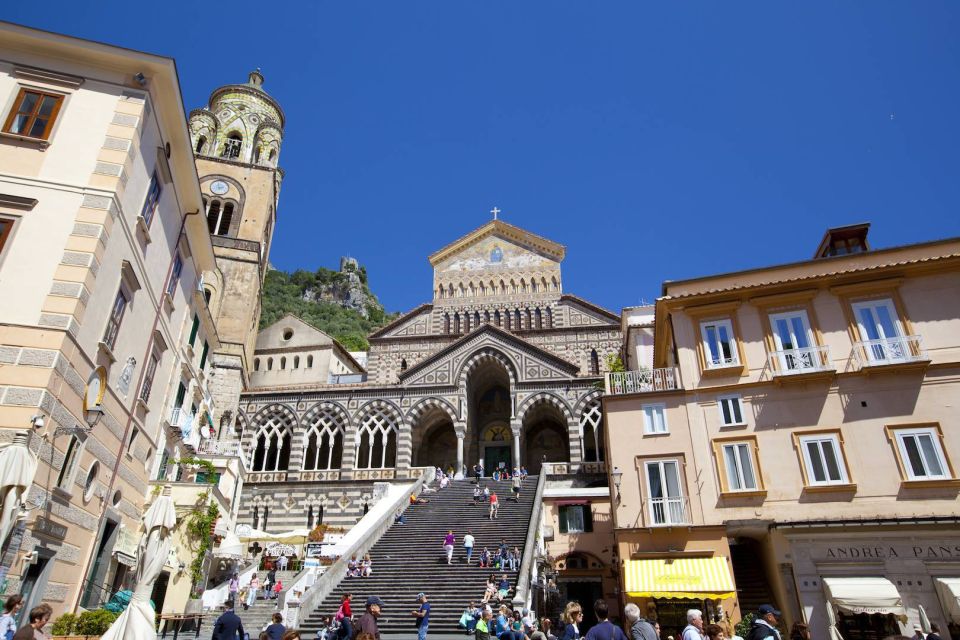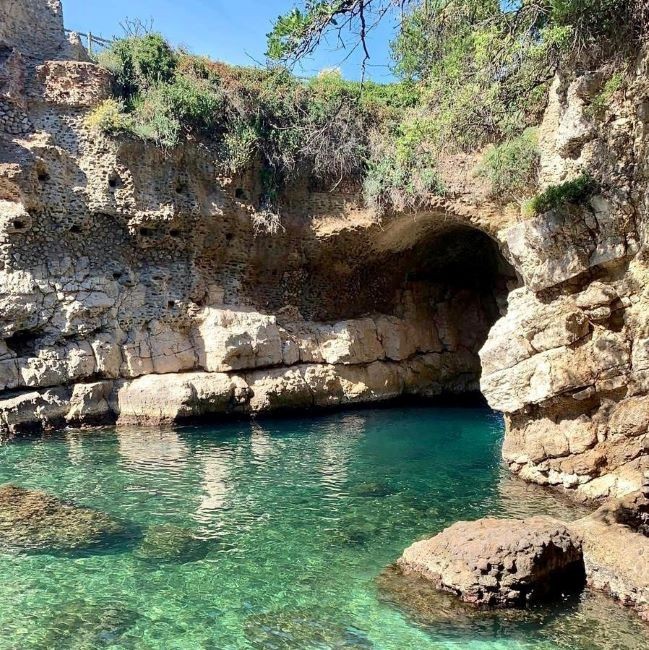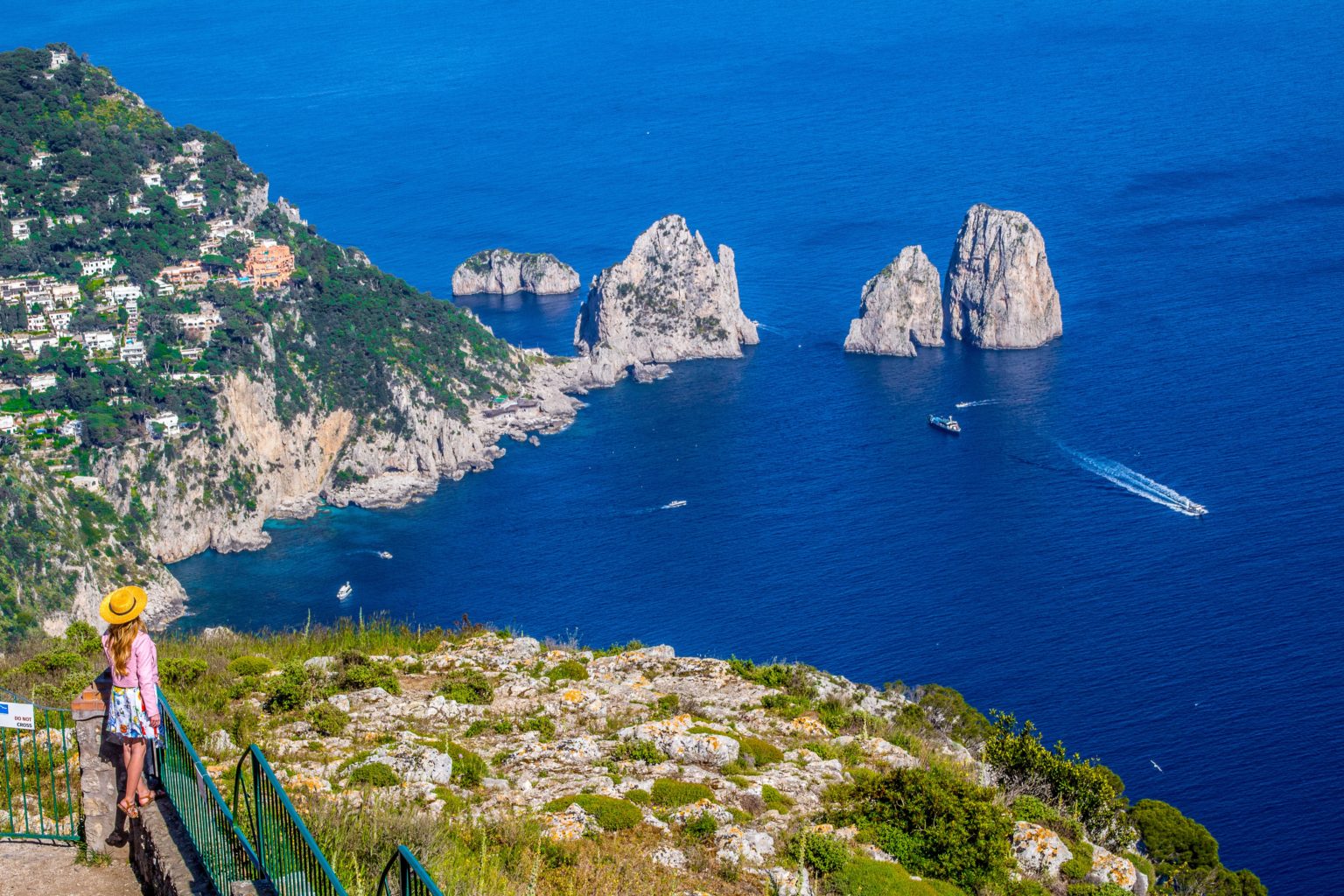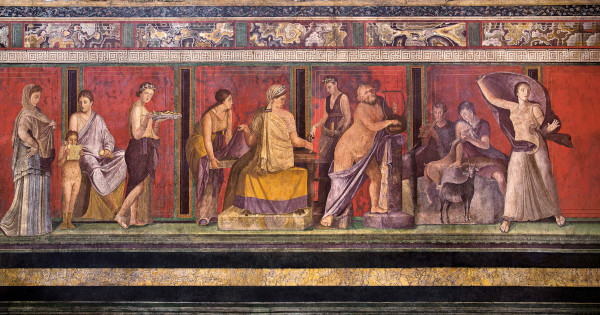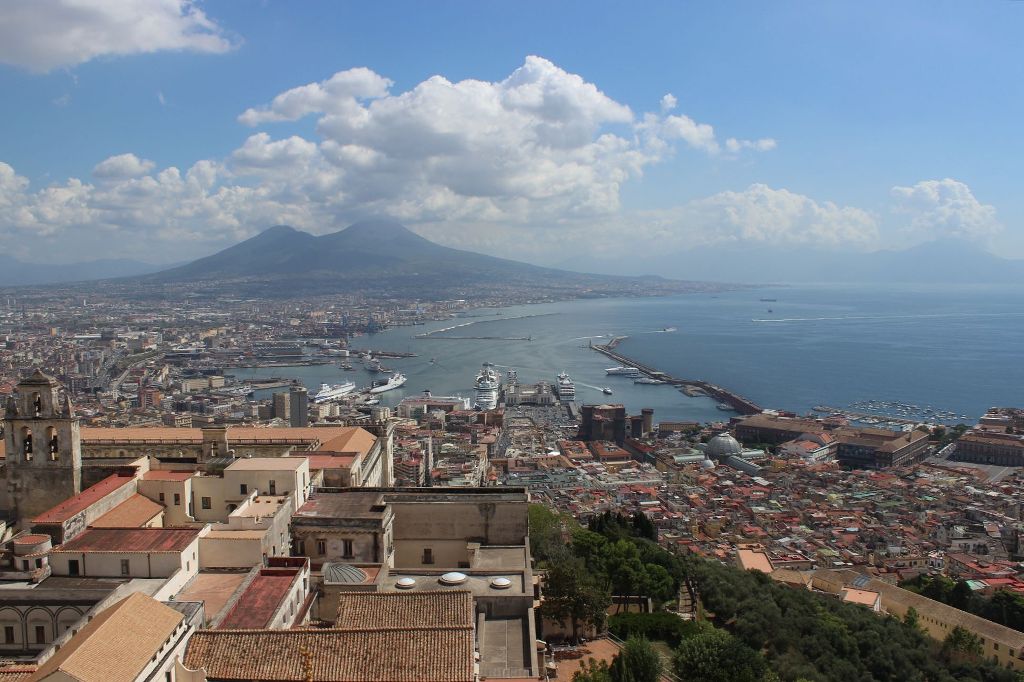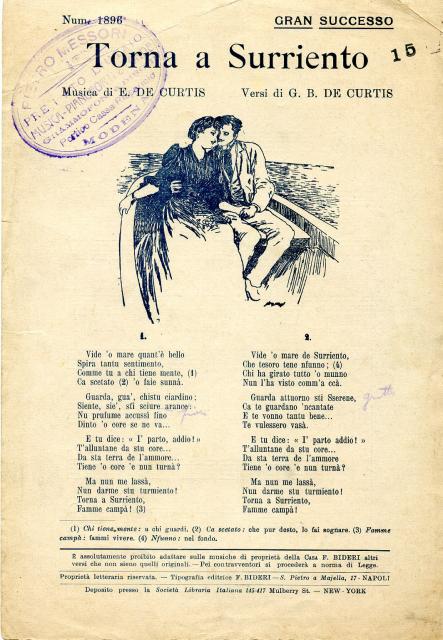The Amalfi Coast... The divine
The most beautiful stretch of coastline in Italy, with 50 kilometers of winding roads and cliffs plunging into the sea, is home to fabulous towns such as Positano, Amalfi, Ravello, and Vietri, which, along with Sorrento, have been international tourist destinations since the 19th century.
Positano fascinates with its houses perched on the cliffs, clinging to the rock gently sloping down to the sea. Its narrow streets are filled with boutiques and shops, famous worldwide for artisanal clothing and sandals. A must-visit is the Church of Santa Maria Assunta with its soaring dome in the heart of the town. Its two beaches, Spiaggia Grande at the foot of the village and Spiaggia del Fornillo a few minutes' walk from the hydrofoil dock, are also worth a visit.
Just a 10-minute drive from Positano is Praiano, the ideal destination for relaxation and tranquility. The village is divided into two fractions: Vettica, the upper part, and Marina di Praiano, by the sea. Praiano also has two beaches: La Gavitella and Marina di Praia. From Praiano, you can admire some of the most beautiful fiery sunsets, often with Capri as a backdrop.
After Praiano, you'll find the Fjord of Furore, an unmissable stop on a holiday along the Amalfi Coast. This narrow inlet, carved out by the relentless work of the Schiato stream from the Lattari Mountains, is a sight to behold.
Conca dei Marini offers several attractions, including the beach of Marina di Conca and the Grotta dello Smeraldo, a marvelous marine grotto discovered in the 1930s by a local fisherman, accessible by elevator along the SP 163 or by sea from Amalfi.
Amalfi shares with Positano the title of the most important town on the Amalfi Coast. Amalfi has a glorious history; along with Pisa, Genoa, and Venice, it was one of the Maritime Republics that shaped the history of the Mediterranean. Many traces of its greatness remain: from the Arsenal, where the fleet's boats were built, to the Regatta of the Maritime Republics, which takes place every four years in the city's waters with considerable organizational effort. The Cathedral of St. Andrew and the Paper Museum, housed in one of the mills once used for paper production, are also worth a visit.
Atrani has the highest population density on the Amalfi Coast, owing to its small territorial extension. It's a jewel of Mediterranean architecture, with colorful facades of houses and palaces and narrow uphill alleys.
After Amalfi, Ravello is the ideal destination for those seeking a quiet holiday away from the hustle and bustle. Perched over 300 meters above sea level, Ravello not only offers magnificent views but also a cool climate, particularly refreshing in summer. Villa Rufolo and Villa Cimbrone, from which you can admire the splendid "Terrace of Infinity," are must-visit attractions. Don't forget to visit the Cathedral, overlooking the square of the same name, and the Modern Auditorium designed by Oscar Niemeyer, which hosts a significant portion of the events of the Ravello Festival, a prestigious international music festival.
Minori has been a popular tourist destination since time immemorial, as evidenced by the discovery of a Roman villa from the 1st century AD, one of the main attractions of the area. Another attraction is the Minor Basilica of Santa Trofimena, facing the sea. Minori is also known for its tradition of artisanal pasta factories, which, along with lemons, wine, and all the other local land and sea products, delight the palates of tourists.
Maiori, located at the mouth of the Maior River, has the longest beach on the entire Amalfi Coast. Worth visiting are the churches of the Collegiate of Santa Maria a Mare, San Francesco, Santa Maria de’ Olearia, and Madonna dell’Avvocata. Also worth exploring are the nearby villages of Erchie and Cetara. Erchie, a fraction of Maiori, boasts one of the most beautiful beaches on the coast. Cetara, on the other hand, is famous worldwide for its anchovy colatura.
Vietri is the last of the pearls of the Amalfi Coast. The town is known for its ceramics, with a centuries-old tradition. Beautiful artifacts can be admired at the Vietri Ceramic Museum, housed in Villa Guariglia in the Raito fraction. Worth visiting is the Church of San Giovanni Battista, recognizable by its majolica dome, which is definitely worth a stop.


